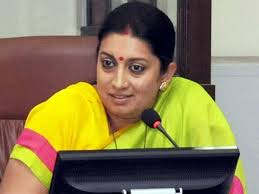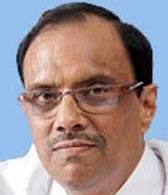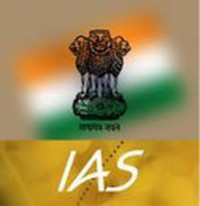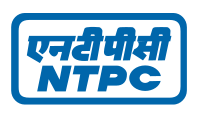Minister of State in the Ministry of Personnel, Public Grievances and Pensions and Minister of State in the Prime Minister’s Office Dr. Jitendra Singh has stated that a citizen friendly and accountable administration is the focus of the government. A series of steps to achieve this goal have been initiated. These include simplification of procedures, identification and repeal of obsolete/archaic laws/rules, identification and shortening of various forms, leveraging technology to bring in transparency in public interface and a robust public grievance redress system.
Doing away with the practice of submitting Affidavits for small level executive jobs in the Government and allowing Self-Certification of certificates is one important step in this regard. This has greatly led to the reduction in time and effort on the part of both the citizen as well as the officials in many Government offices.
Leveraging the power of information technology brings with it the advantage of transparency and speed for the benefit of the citizens. In this regard the Government has embarked upon a time bound Digital India Plan. The details of this plan are available on the Website of the Department of Electronics & Information Technology (www.deity.nic.in). As a part of Digital India Plan, the Department of Administrative Reforms & Public Grievances has been made the nodal ministry for implementation of e-Office in Central Ministries/Departments. The Department is regularly monitoring implementation of the e-Office project. The Ministry of Panchayati Raj has moved into 100% e-Office platform.
The Central Secretariat Manual of Office (CSMOP) has been revised and the 14th Edition of the CSMOP was brought in the form of e-Book form on 22nd May, 2015, which is available on the website www.darpg.nic.in. This is a much reduced and simplified version of the manual in comparison to the earlier editions. A number of redundant and repetitive literatures and words have been removed.
The Government of India has also taken a number of initiatives for improving ‘Ease of Doing Business’. The emphasis has been on simplification and rationalization of the existing rules and introduction of information technology to make governance more efficient and effective.
One of the focus areas of Government is to reduce the decision making layers to the minimum while allowing for faster means of information sharing/dissemination. The Government has launched a [email protected] and india.gov.in for this purpose. This is a citizen centric platform to empower people to connect with the Government and contribute towards good governance. Suggestions are also received on the PMO website. It also seeks expert advice from the people, thoughts and ideas on various topics that concern India. Citizens can join the discussion to share, debate and add value.
















